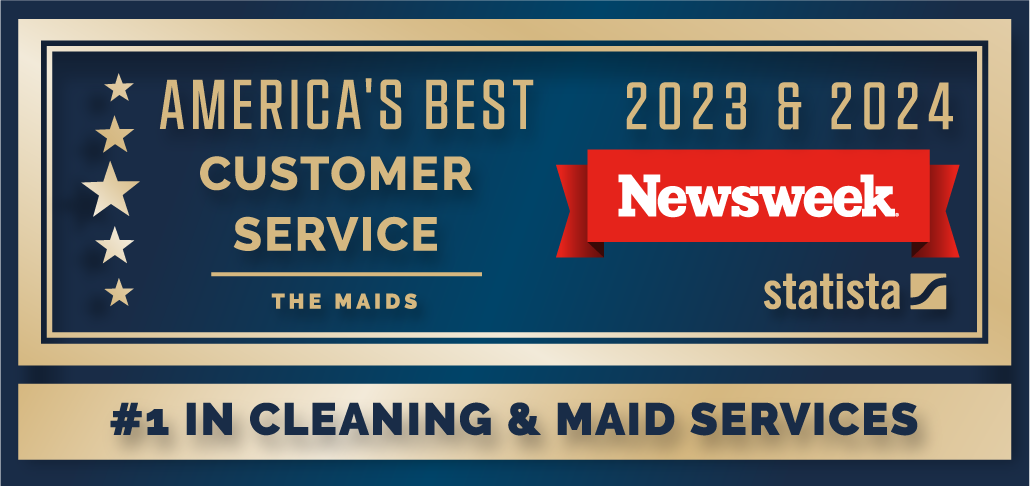Compare The Maids® 22-Step Healthy Touch® Deep Cleaning System to any other home cleaning company!
The people in your home need light to do just about any task and any project, such as house cleaning, home remodeling, hobby projects, book reading, computer typing, etc. Incandescent technology has been around for many decades and evolved with many types of bulbs, but most run 60-100 watts of energy when used. This can really add up.
A 60-watt bulb is the most commonly used bulb in homes, right next to the 100-watt bulbs or 3-way bulbs that are used for different purposes. Types available evolved into night light bulbs, candelabra bulbs, candle bulbs, lamp bulbs, ceiling fan bulbs, etc. As time moved forward, some funny shapes came about too. Yet each bulb uses more watts than you have to use nowadays. The never-ending list of incandescent bulb types also includes color tone output options.
Fluorescent lamps and L.E.D. bulbs are an excellent alternative to incandescent lighting, especially since they consume a lot less energy to operate.
Deciding whether or not to upgrade those old incandescent light bulbs? If so, it is a good decision.
A fluorescent light bulb will cost more than a few incandescent bulbs, but you will save money every single month. These lamps not only use 1/3 of the energy that incandescent bulbs do, but also last for years. In addition, you can pick from several color options like you can for incandescent, such as a daylight bulb. There are also other options like cool white, natural, warm white, and bright white. Every manufacturer of fluorescent light bulbs can have their own labeling and descriptions for each bulb, but many are similar from one to the next.
Using L.E.D. bulbs is also a great way to cut your electric bill. With lower energy use than fluorescent lamps, they continue to grow in popularity, yet have limitations on options. There are a small handful of types available and they continue to evolve.









